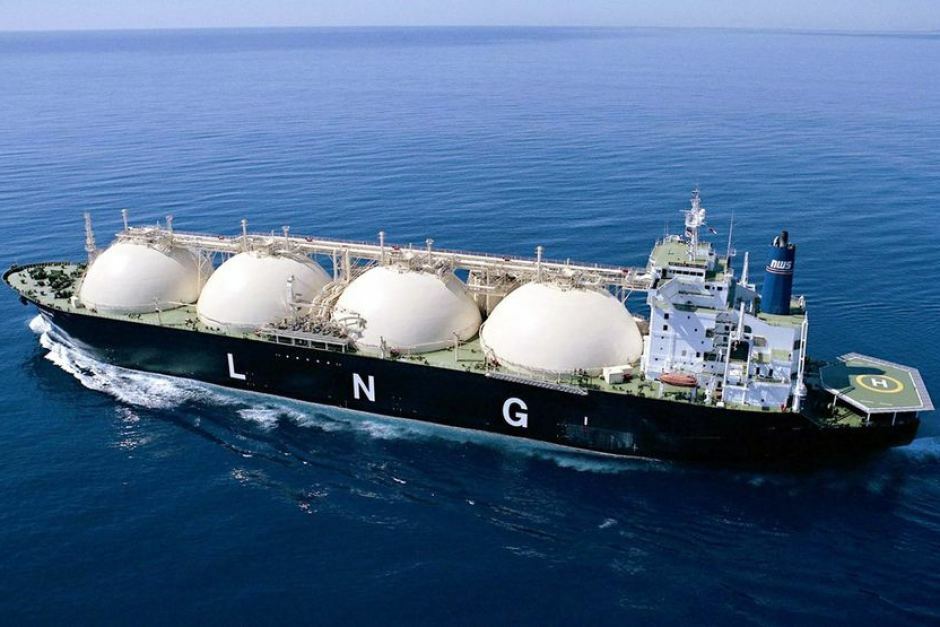
Europe hopes for another mild winter over gas fears
By Rhod Mackenzie
For the second winter in a row, Europe's energy strategy is largely based on the hope of a warm winter and low economic demand for gas. Despite these and a number of other favourable factors, the price of electricity is fluctuating around 50 euros per MWh (525 euros per thousand cubic metres), which is twice the average price for 2011-2021.
Europeans hope that the difficult "energy" times will soon be over. They look to the future with hope and make plans in which, thanks to the United States and Qatar, in two years' time there will be an abundance of liquefied natural gas (LNG) on the gas markets instead of a shortage. It is true that for this scenario to become a reality, all or most of the favourable factors need to be in place, in other words, you need luck, which Europe has not been lacking so far.
"From 2025, an unprecedented number of new LNG projects are expected to come on stream, rebalancing the markets," the International Energy Agency (IEA) said in a statement.
"The gas market is moving towards a buyer's market," says IEA chief Fatih Birol, referring to a market with low prices, where there will be a lot of gas and where prices will be dictated not by sellers but by buyers.
LNG is now the main product on the European gas market. Very little Russian gas flows through the southern gas pipelines, and the gas pipelines in Norway and Algeria are already operating at maximum capacity and at the limit of technical possibilities.
"Everyone is trying to increase production more," Anders Opedal, head of the Norwegian oil and gas company, recently commented at an energy conference on the continent's energy situation, "but in the end Europe will be dependent on LNG supplies".
Five years ago, Europe had enough to meet demand for around 50 million tonnes of liquefied gas a year. Now, according to calculations by economists at Shell Plc, the largest LNG supplier, that figure is close to 100 million tonnes and will rise to almost 140 million tonnes by 2030.
The Europeans, of course, are not waiting idly for many new LNG projects to come on stream in the middle of the decade. They are preparing for a sharp increase in supply after 2025 and, like the Germans, the most obvious example, are building a series of LNG terminals in the North Sea and the Baltic Sea.
In 2021-22 and 2022-23, however, the market worked in survival mode, literally fighting for every LNG carrier.
After 2025, around a quarter of a trillion cubic metres of new liquefied gas will appear on the market . That is a lot - almost half (45%) of current global LNG production.
In recent weeks, European companies have signed several long-term contracts with the Qatari oil and gas company QatarEnergy for the supply of LNG. TotalEnergies SE, ENI SpA and Shell will each receive 8 million tonnes of LNG by the fifties. A little earlier, the American energy company ConocoPhillips signed a contract to supply 2 million tonnes of LNG per year to Germany.
For Qatar, this rush of contracts is a great success, as it is increasing its production of liquefied gas by 70% and, of course, needs to sell as much of it as possible. Doha is increasing production at its largest gas field by 48 million tonnes a year. Thanks to contracts with European and Chinese companies, Qatar has already pre-sold around 40% of the new gas.
